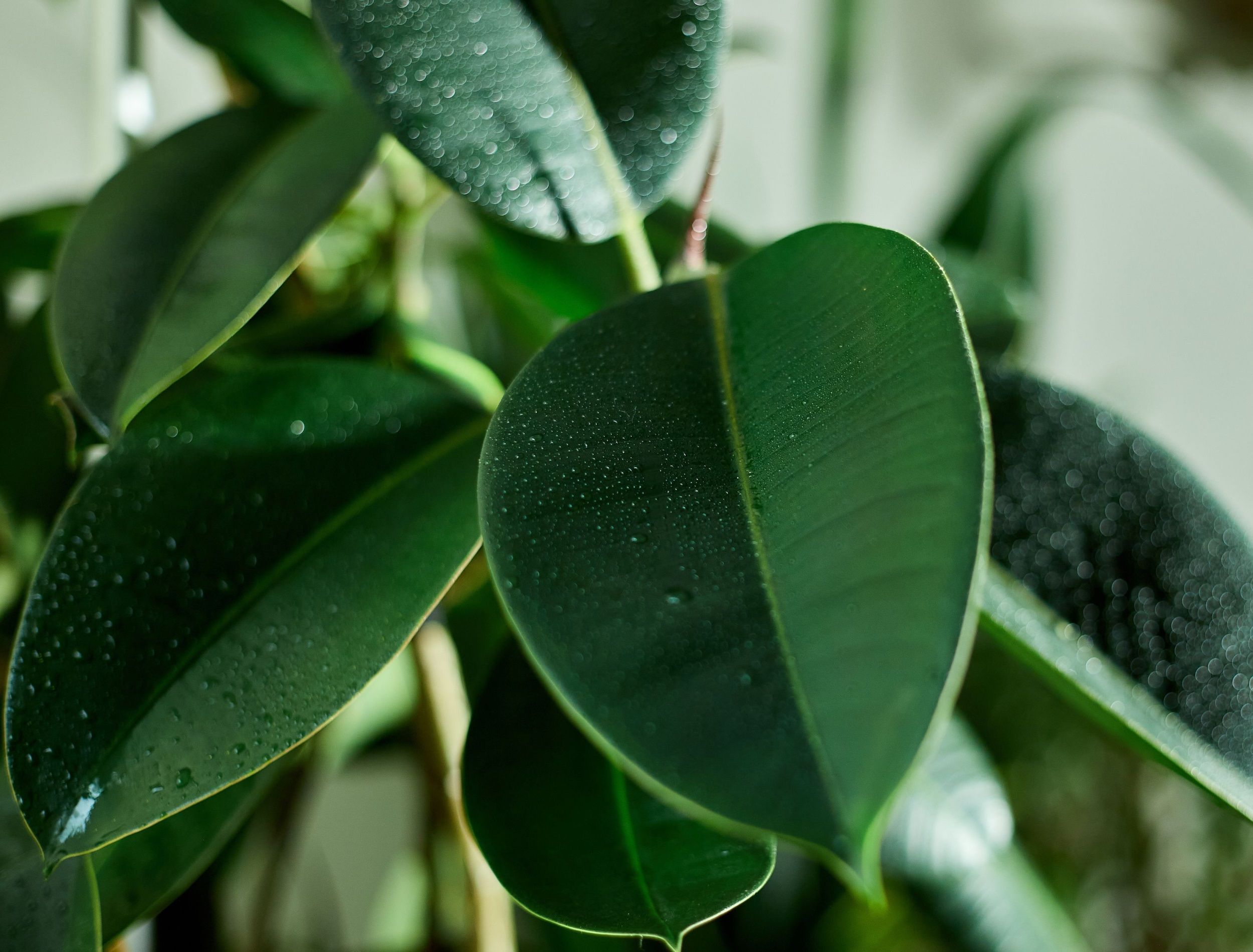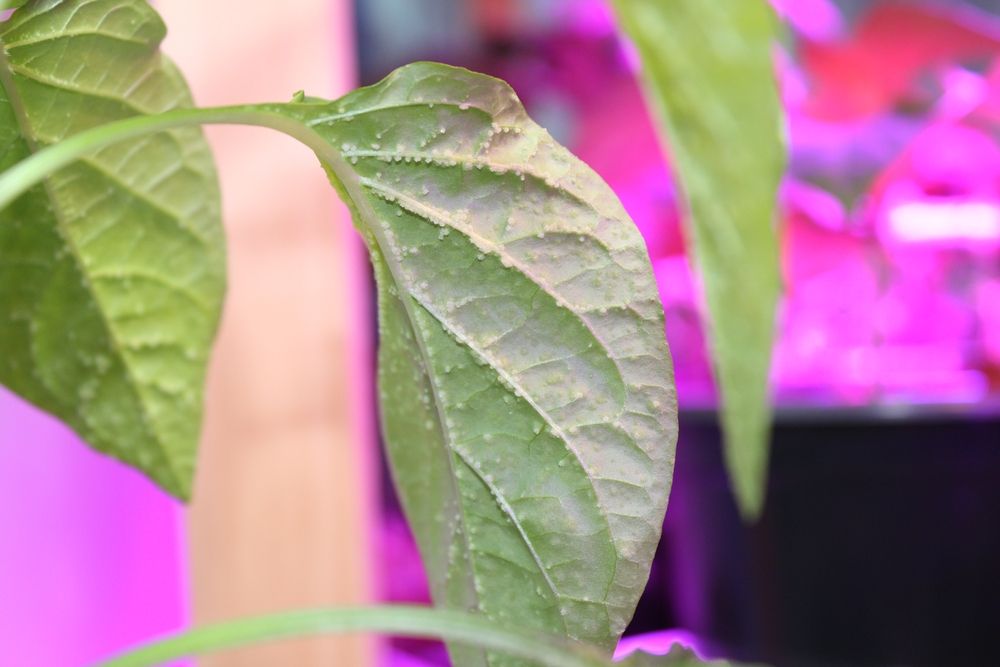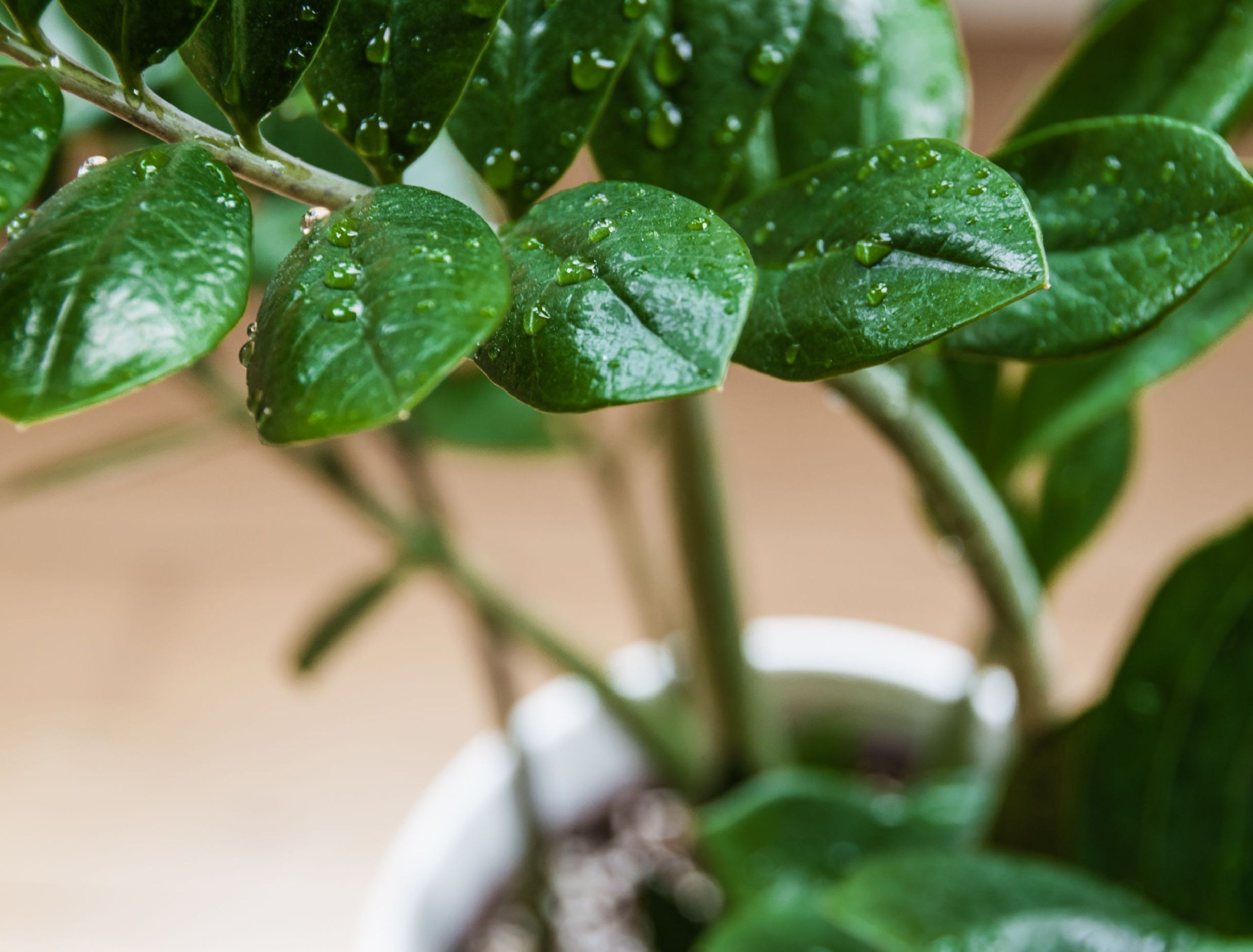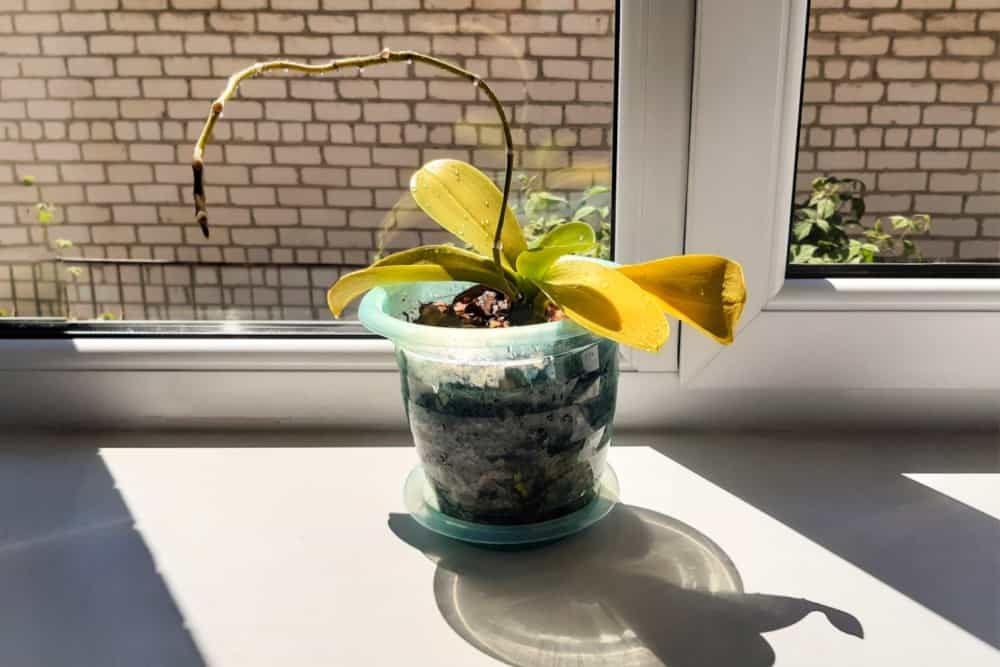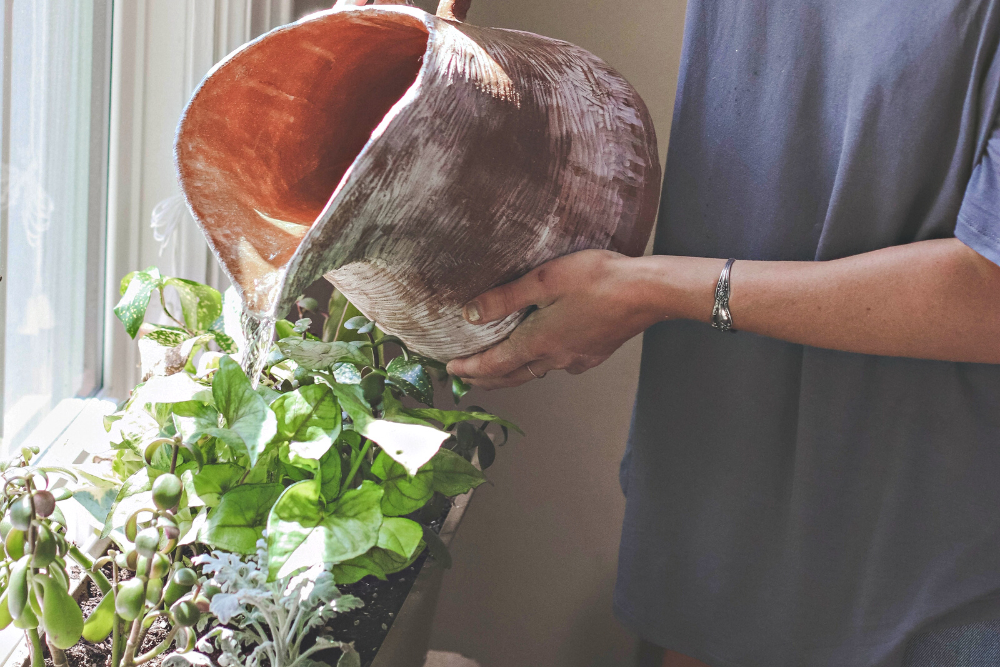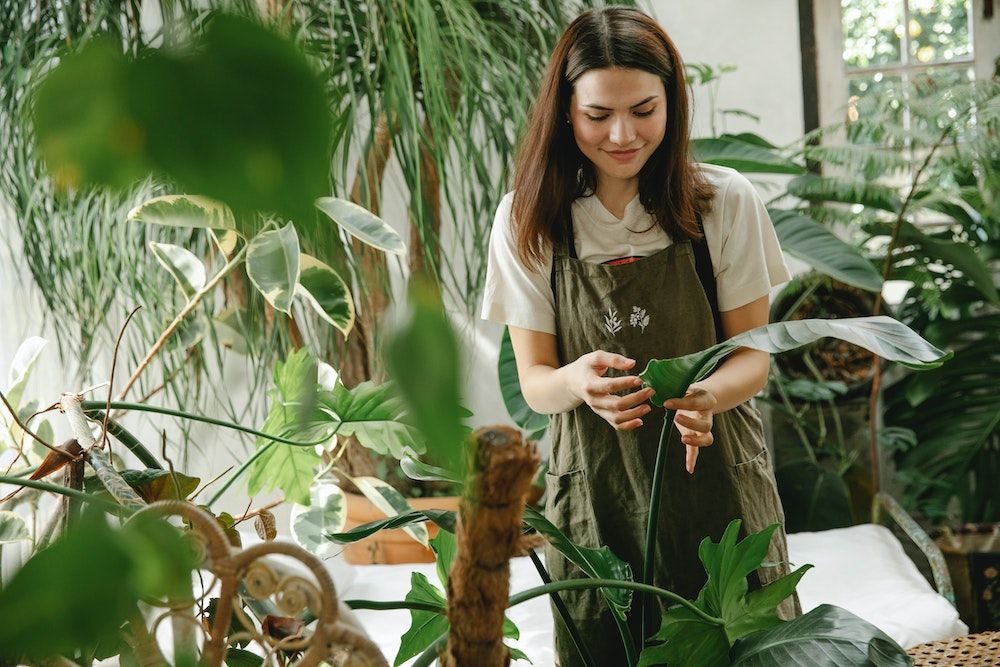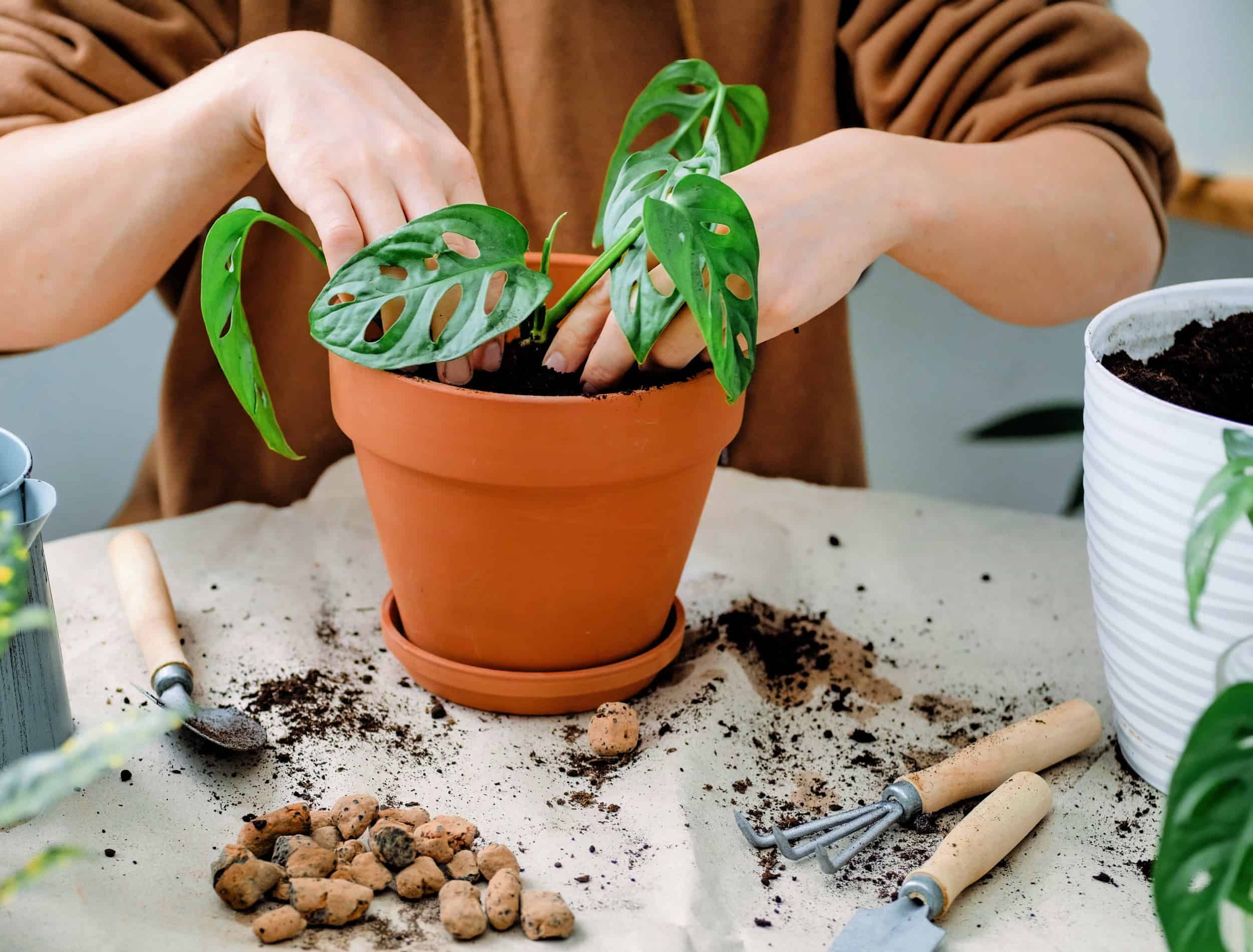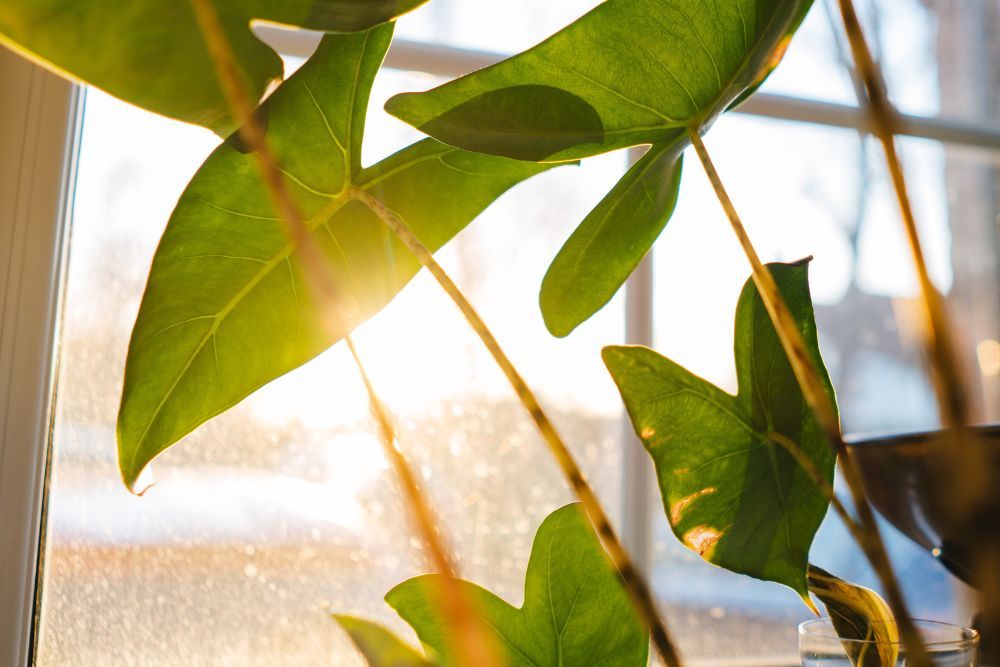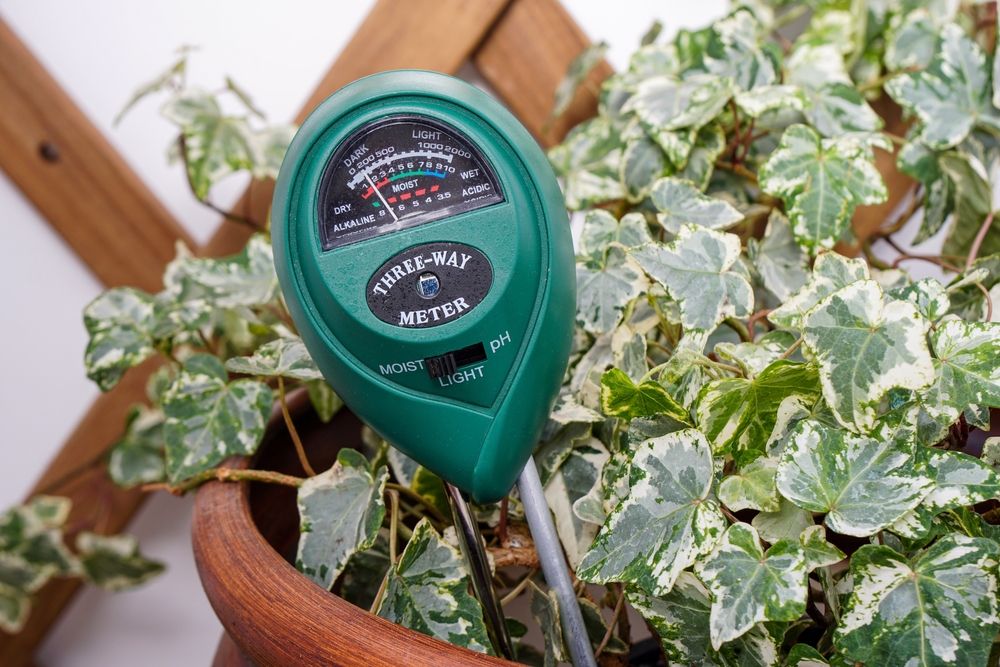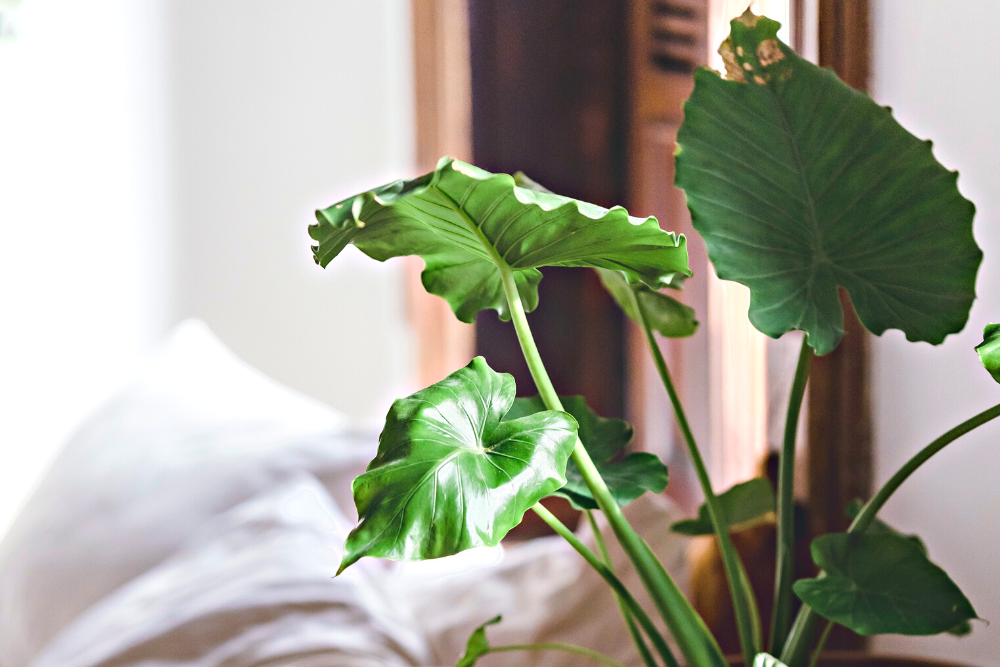It's no secret that indoor plants can make your home look beautiful and add a bit of life to the space. But, if you've ever noticed water droplets on your indoor plants, don't worry - you're not the only one! It's a common phenomenon, and there are a few reasons why it happens.
Keep reading to learn more about why your plants produce water droplets, and what you can do to prevent them from forming. It's an easy fix!
Water Droplets on Your Indoor Plant Leaves Explained
Image credits: Roca Mharas via Shutterstock
If you’ve ever looked on in bewilderment as water droplets form on your indoor plants, then you may have encountered a problem known as oedema.
Oedema is a condition that causes water retention and swelling in the plant's tissues. It is typically caused by your plant’s roots taking up water faster than your plant can use it. It transpires through the leaves and will create this physiological disorder. The excess water then accumulates in the internal cells of the leaves causing them to burst, leaving dead cells that are visible as a bubble. You'll mainly see this on the undersides of leaves.
What Causes Oedema
Image credits: Maritxu via Shutterstock
Oedema is caused by cool and humid conditions in the air combined with warm, moist soil. This typically occurs in the winter when there have been many cloudy consecutive days. These conditions make it very easy for the plant to absorb water quickly. Although, because the plant releases water slowly, it results in those telltale water droplets.
Symptoms of Oedema
Image credits: Pencil case via Shutterstock
The oedema blisters may ultimately explode and form tan, white, or brown wart-like growths. As the condition worsens, your plant starts to yellow, droop, and even fall off completely.
In severe cases, the stems and leaf stalks can also be affected with blisters but this is rare. If left untreated, your plants will become spindly, and their overall health will deteriorate.
How To Prevent Oedema on Your Indoor Plants
Image credit: Cassidy Phillips via Unsplash
Oedema is a common cultural problem for indoor plants. To prevent oedema, be sure to only water when the top inch of soil is dry and avoid letting plants sit in standing water. If your indoor plant develops oedema anyway, you may need to move it to a larger pot in order to improve its drainage.
Whether or not oedema will affect your plant also depends on the type of plant itself. Some plants are more susceptible than others. Particularly sensitive varieties include rhododendrons, begonias, ficus trees, geraniums, peperomias, jade plants, schefflera, and camellias. Although, it is worth noting that almost any broadleaved plants may be impacted.
If you are uncertain about your plant's condition, or if it continues to develop oedema despite your best efforts, consult a professional. Ultimately, the most important thing is to be aware of how your indoor plants are doing and take steps to care for them properly.
Greenhouse Situations
Image credits: Gary Barnes via Pexels
Oedema can really be a pain in the greenhouse, but there are some things you can do to minimize its impact on your plants' health. By encouraging good water-loss/uptake balance through lower humidity levels, increased ventilation, and adequate air temperature, you can effectively combat oedema.
Proper Plant Watering Techniques
When it comes to taking care of your plants, one of the most important steps when it comes to oedema is watering them properly. There are a few different techniques that can help you get the best results when it comes to watering your plants. Some general guidelines include:
Checking Before Watering
Image credits: Regina Burganova via Shutterstock
Check the soil regularly to see if it is dry or damp before you water your plants. A good rule of thumb is to check the soil and water based on how dry the soil feels. If in doubt, wait until the next day before you water again because overwatering can cause more harm than underwatering.
Lighting
Image credits: Phil Hearing via Unsplash
Pay attention to where your plants are planted in relation to the light. As a general rule, plants that receive more sunlight will need more frequent watering than those that are shaded or placed in indirect light. There are exceptions to this, such as cacti and succulents.
Moisture Meter
Image credits: Cristina Nakamura via Shutterstock
Use a simple moisture meter to test the soil's water level if you want an accurate reading of how damp your soil is. This can help you avoid over-watering or under-watering your plants, and ensure they stay healthy and vibrant.
Indoor Plants Are Not the Same as Outdoor Plants
Image credit: Tim Samuel via Pexels
If you have houseplants, remember that they often require less water than outdoor plants and generally prefer to be watered from the bottom rather than overhead.
Water Droplets, Equals Problems
Have you ever seen those weird bubbles on the underside of leaves? If so, you were looking at oedema, a condition that causes water retention and swelling in the plant's tissues. It's caused by your plant’s roots taking up water faster than your plant can use it. This results in excess water accumulating in the internal cells of leaves. This excess water will cause the leaves to burst and leave dead cells that are visible as bubbles.
Now that you know what oedema looks like, make sure to keep an eye out for it. And share this article with any fellow gardeners you know! Do you have any tips or tricks on dealing with oedema on your plant leaves? Leave a comment below!

